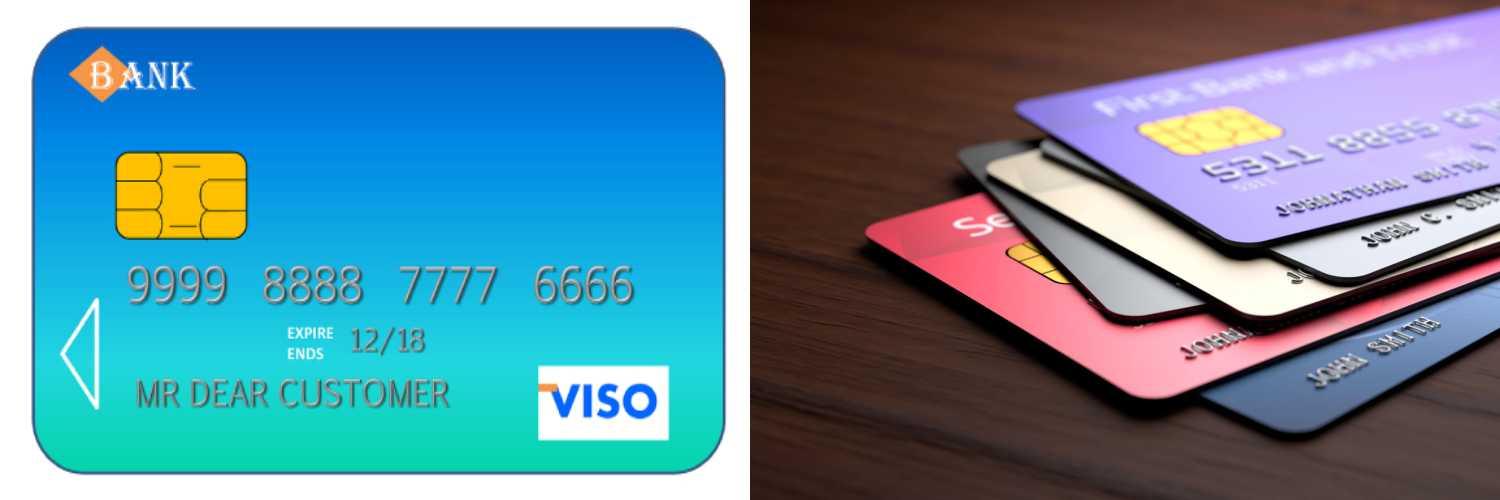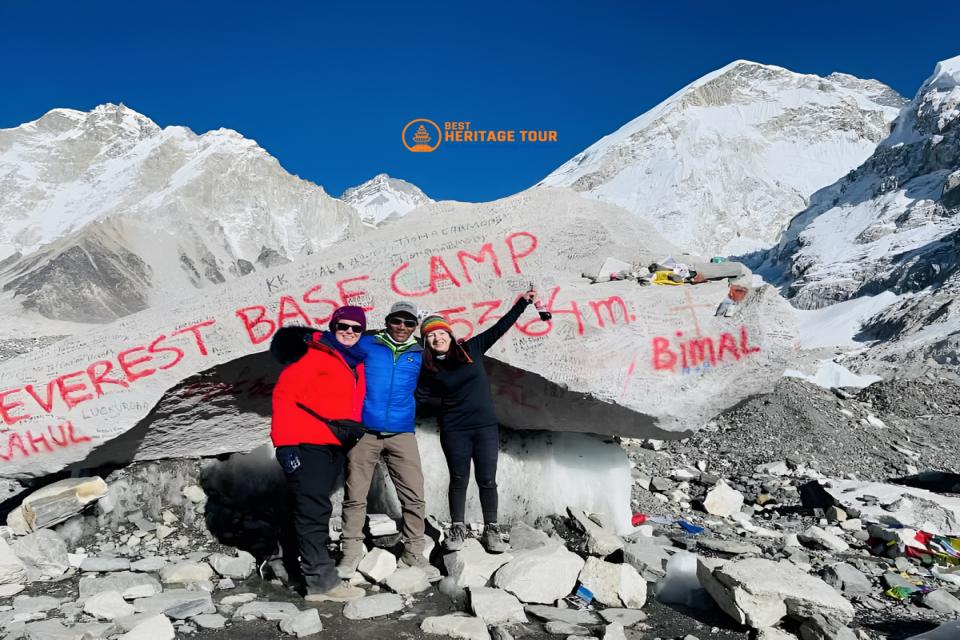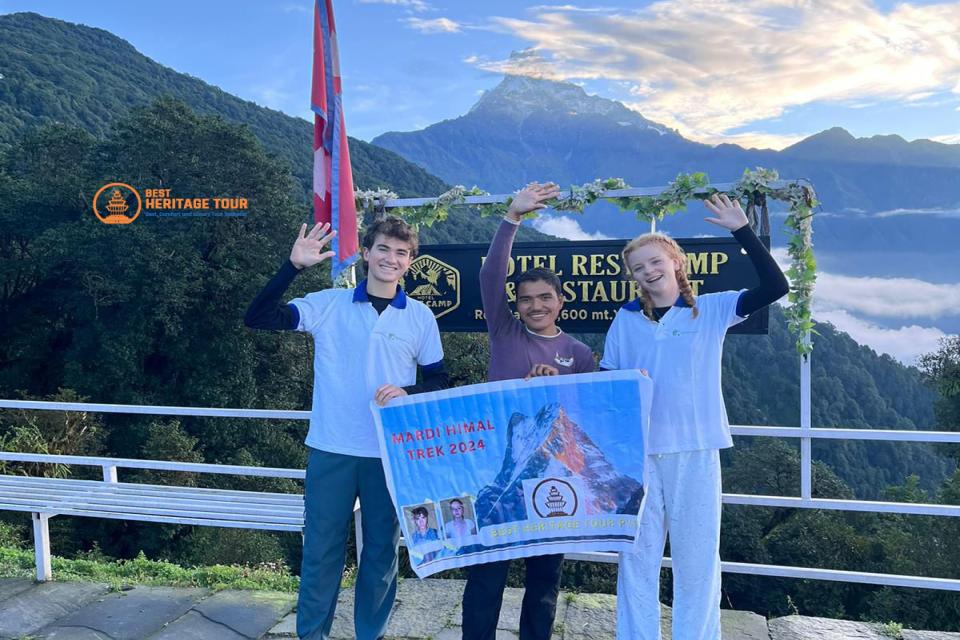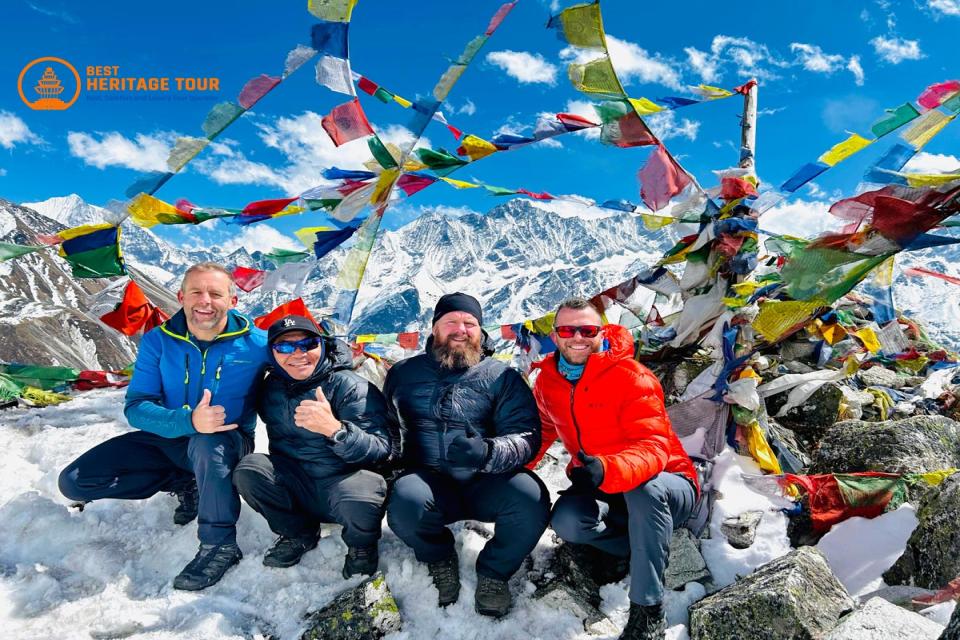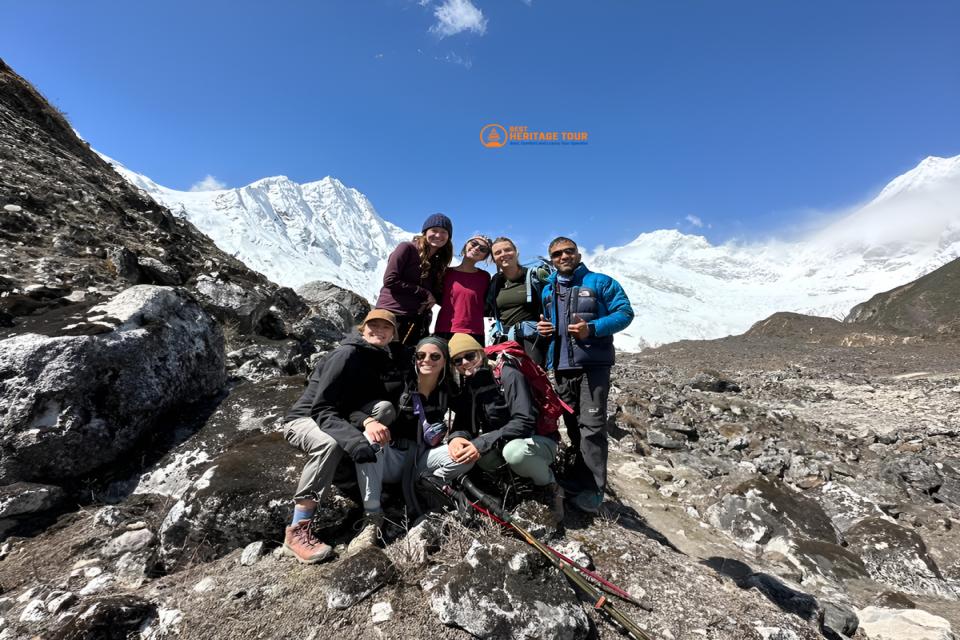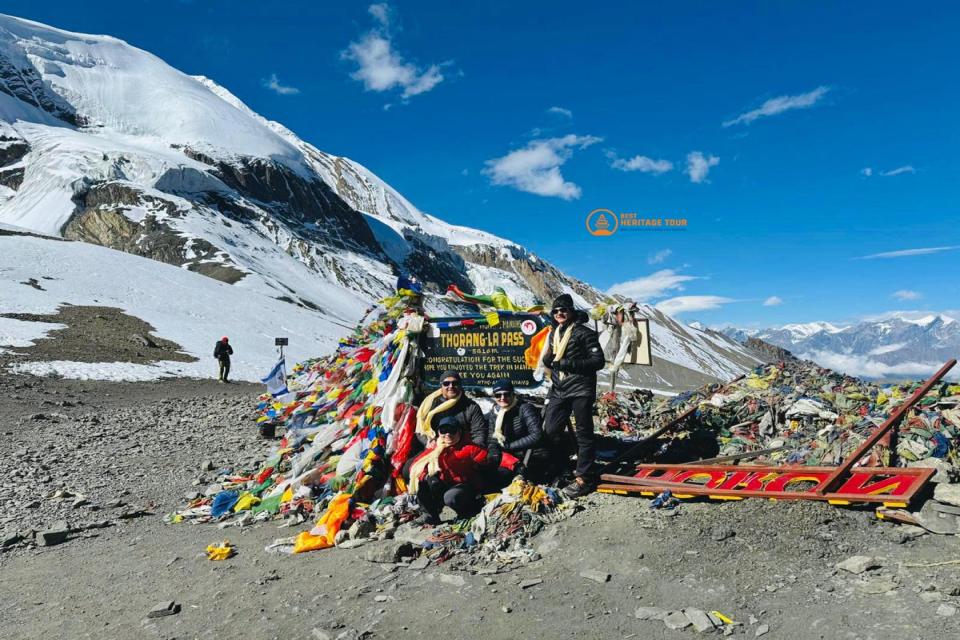Nepal is one of the world’s most popular trekking destinations, attracting adventurers from all over the globe. From the bustling streets of Kathmandu to the serene trails of the Himalayas, travelers face an important question: “Can I pay with a card in Nepal?”
While using a credit or debit card may be convenient for some, Nepal’s unique blend of urban centers and remote trekking regions means that payment methods vary greatly depending on location. Understanding where cards are accepted, when cash is necessary, and how to manage payments can make your trip much smoother and safer.
This guide explains everything trekkers, tourists, and travelers need to know about card usage in Nepal, including practical tips, limitations, and strategies to ensure hassle-free spending during your adventure.
Card Payments in Nepal’s Big Cities
Kathmandu, Pokhara, and Major Tourist Hubs
In Nepal’s main cities, cards are widely accepted, especially in:
-
Hotels and guesthouses catering to tourists
-
Upscale restaurants and cafes
-
Shops in tourist areas and shopping malls
-
Car rental and tour services
Advantages of using cards in cities:
-
Convenience - No need to carry large sums of cash
-
Safety - Reduces the risk of theft
-
Traceability - Digital transactions make tracking spending easier
-
Access to larger purchases - Ideal for hotels, shopping, or flights
Tips for Using Cards in Cities
-
Use cards in reputable businesses to avoid fraud
-
Always check if the business accepts Visa, Mastercard, or Maestro
-
Keep small cash on hand for street food, taxis, or smaller shops
Limitations of Card Use in Remote Areas
Trekking Regions and High-Altitude Villages
While cards work well in cities, most trekking destinations do not accept cards. Teahouses, lodges, local shops, and transport services in regions like:
…mostly operate on cash only.
Challenges in remote areas:
-
No card machines or POS terminals
-
Limited or no internet connectivity for processing payments
-
ATMs may be unavailable or very sparse
What This Means for Trekkers
-
Even if you carry a card, you’ll need sufficient cash for food, accommodation, and local transport
-
Cards are useful for withdrawing cash at trailheads or city hubs, but cannot replace cash entirely
Cash vs Card Strategy for Trekkers
To enjoy a safe and convenient trekking experience, consider a combination approach:
-
Carry sufficient cash - Divide it into daily portions, keeping some in a secure money belt or hidden pouch
-
Keep a backup card - Useful in city hubs for emergencies or larger payments
-
Plan ATM withdrawals - Withdraw cash in Kathmandu, Pokhara, or other major towns before heading into remote trails
-
Small denominations - Helpful for paying for teahouses, tips, and small purchases
Safety Tips for Using Cards
-
Check ATM authenticity - Only use ATMs in banks or well-lit, secure areas
-
Protect your PIN - Shield the keypad when entering it
-
Keep a record - Note card numbers and emergency contact info for lost or stolen cards
-
Monitor withdrawals - Be mindful of international fees and withdrawal limits
Alternative Payment Methods
For trekkers who want to minimize cash risk:
-
Travel cards or prepaid cards - Can be loaded before the trip and used in city ATMs
-
Mobile payments - Limited use in some urban businesses but unreliable in remote areas
-
Bank transfers - Useful for paying hotels or tour operators in advance
Common Misconceptions
-
“Cards work everywhere in Nepal” - False. Cards are mainly accepted in big cities.
-
“ATMs are available along trekking trails” - Rarely true. Most high-altitude villages have no ATMs.
-
“I don’t need cash if I have a card” - Risky. Always carry sufficient cash for emergencies.
How Best Heritage Tour Can Help
Professional trekking operators like Best Heritage Tour offer guidance for safe and convenient payment management:
-
Advice on how much cash to carry for your trekking route
-
Assistance with currency exchange at favorable rates
-
Support in case of emergencies or lost funds
-
Ensures you can focus on trekking without worrying about money
Conclusion
While cards are a convenient and safe option in Nepal’s big cities, trekking regions and remote villages are cash-dependent. Trekkers should plan ahead with a combination of cash and cards, carry small denominations, and rely on professional guidance when needed.
For a worry-free trekking experience and help with payment planning, contact Best Heritage Tour:
Phone: +977-9851149197 / +977-9810043046
Email: info@bestheritagetour.com | bestheritagetour@gmail.com
Booking/Info: www.bestheritagetour.com
Office Location: Thamel Marg, Kathmandu, Nepal
Travel smart, carry wisely, and enjoy your Himalayan adventure without money hassles.
Author: Best Heritage Tour
Date: 21st August, 2025

